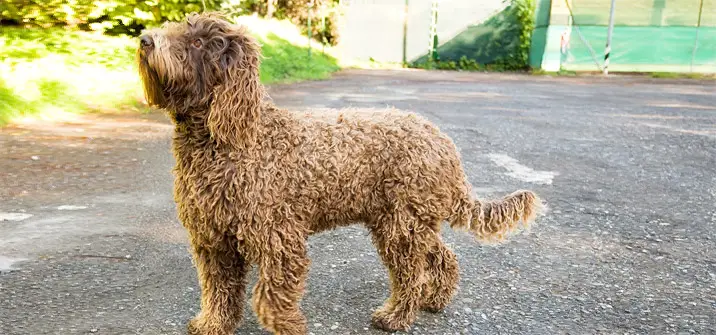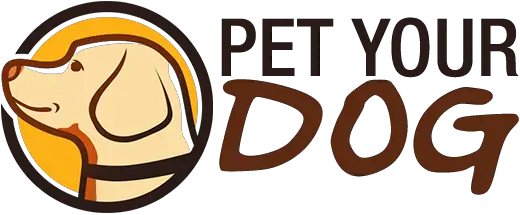The Barbet is a rare French water dog, used for hunting and retrieving waterfowl. There is currently a small number of Barbets, limited so as to curb the recurrence of genetic diseases. It's name is French for "beard," and it is believed to be a breed instrumental in the formation of others, such as the Poodle and the Portuguese Water Retriever. in fact "barbet" has come to be a generic name for any dog with a tight, curly, woolly coat. It is valued as an all-around dog, as good in the field as it is as a companion or family pet.
Barbet


